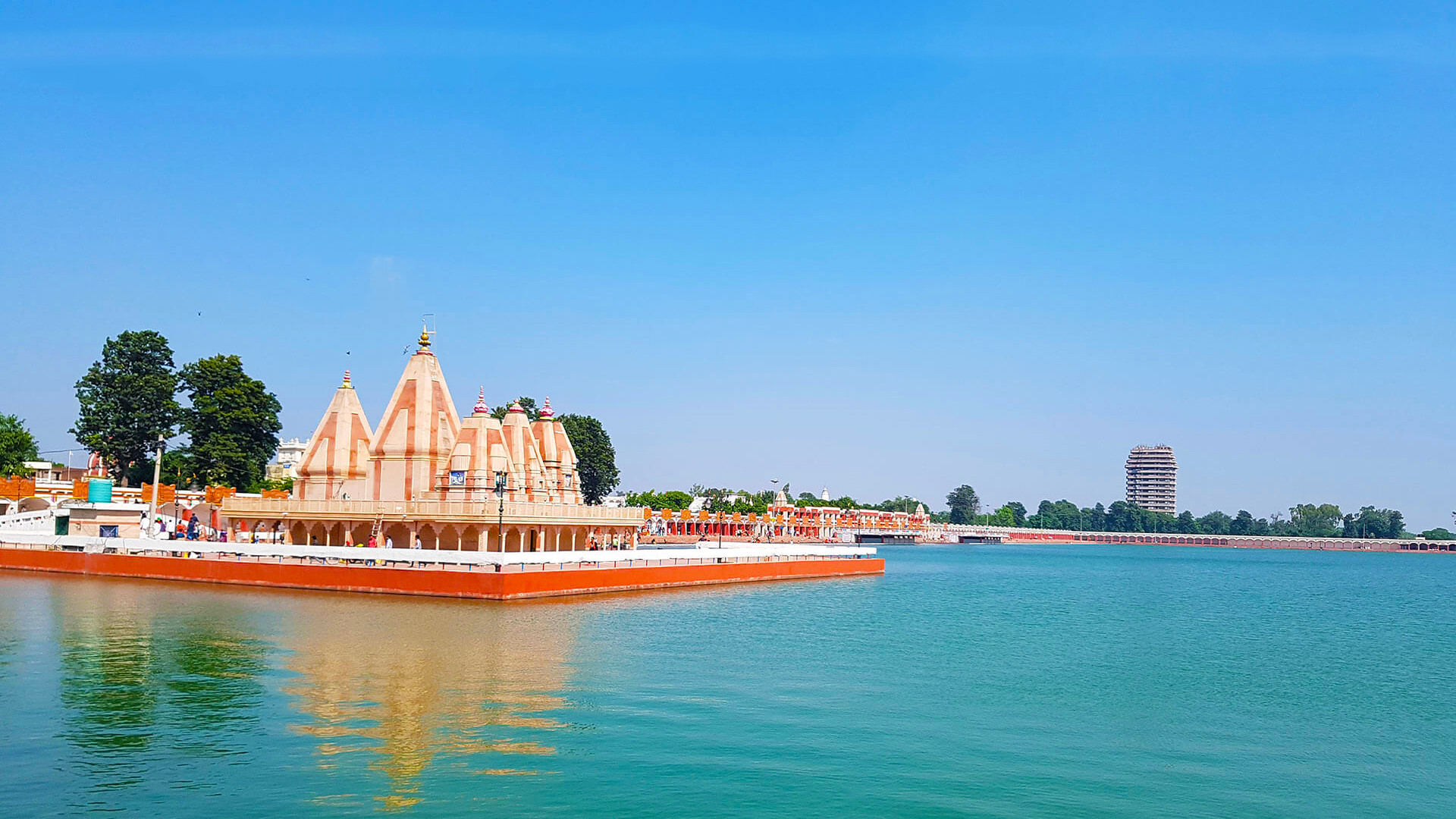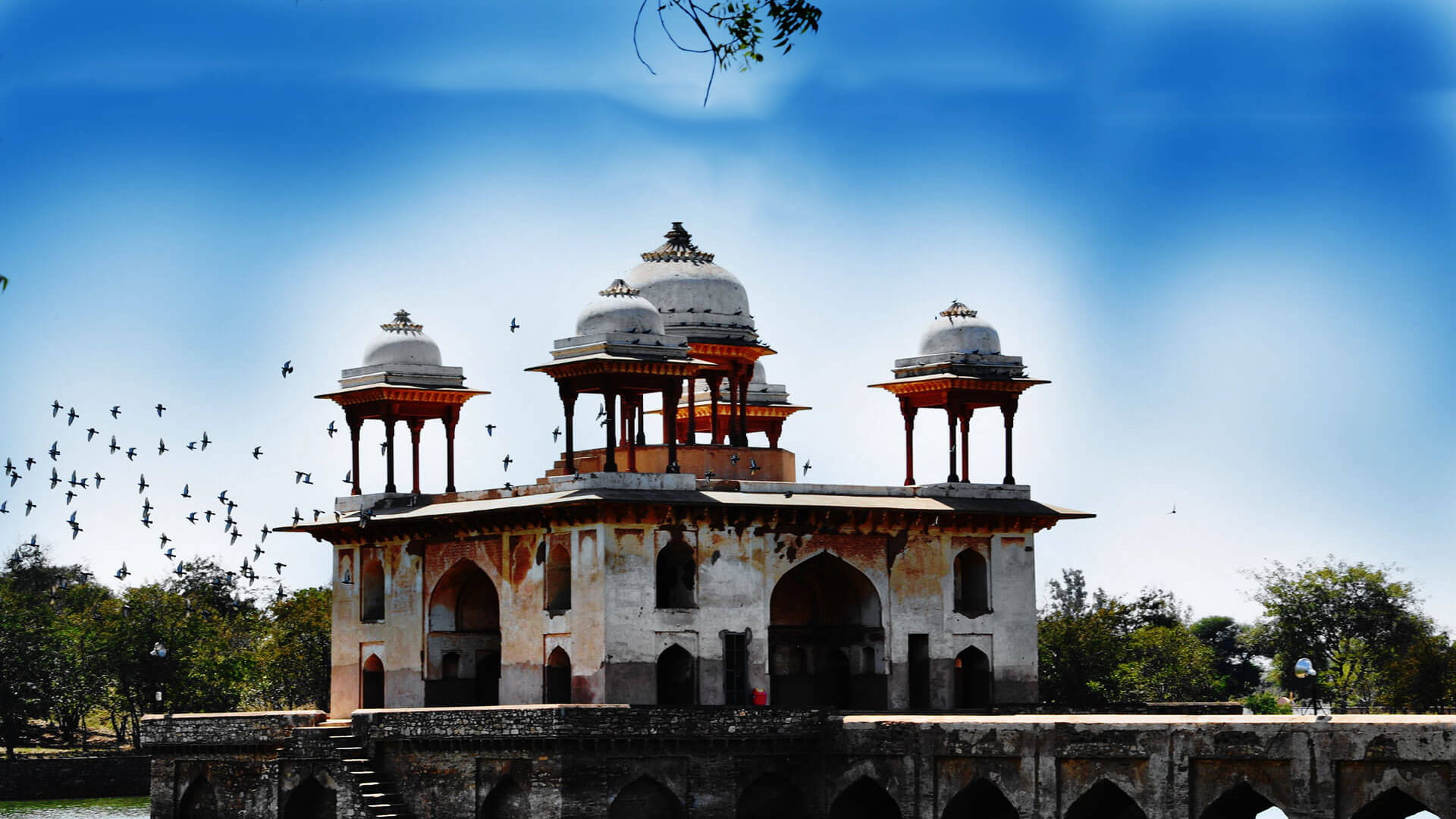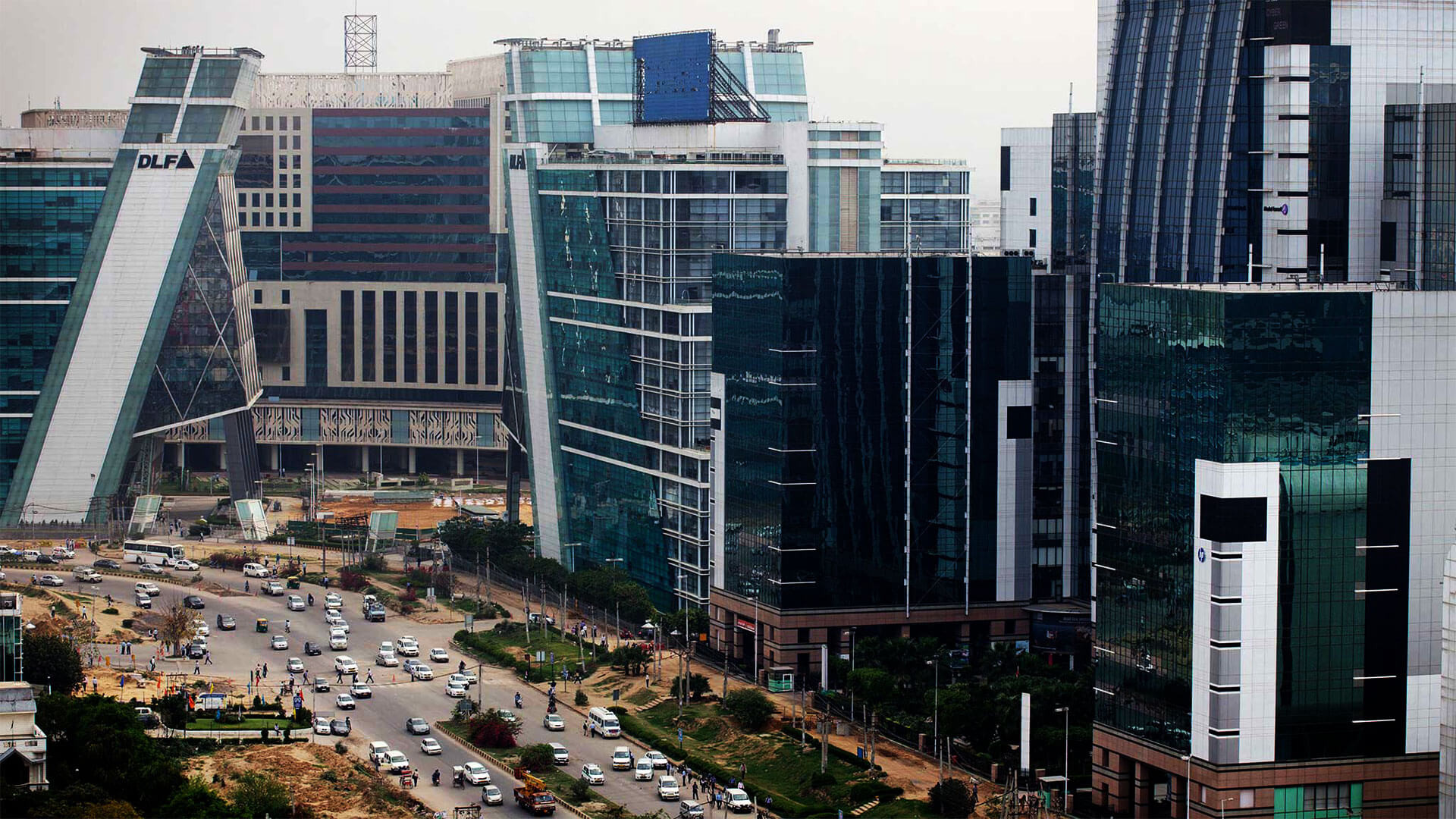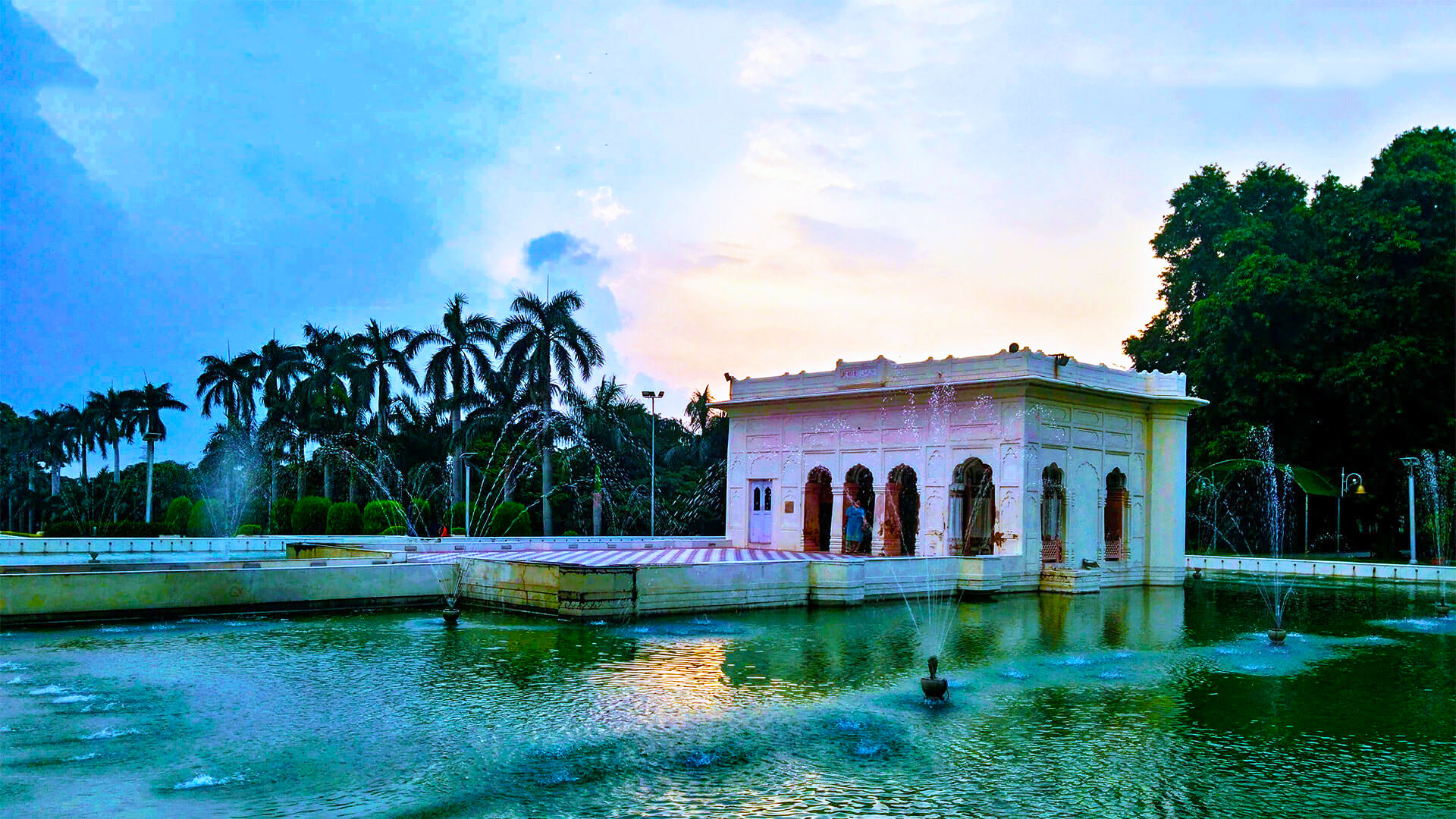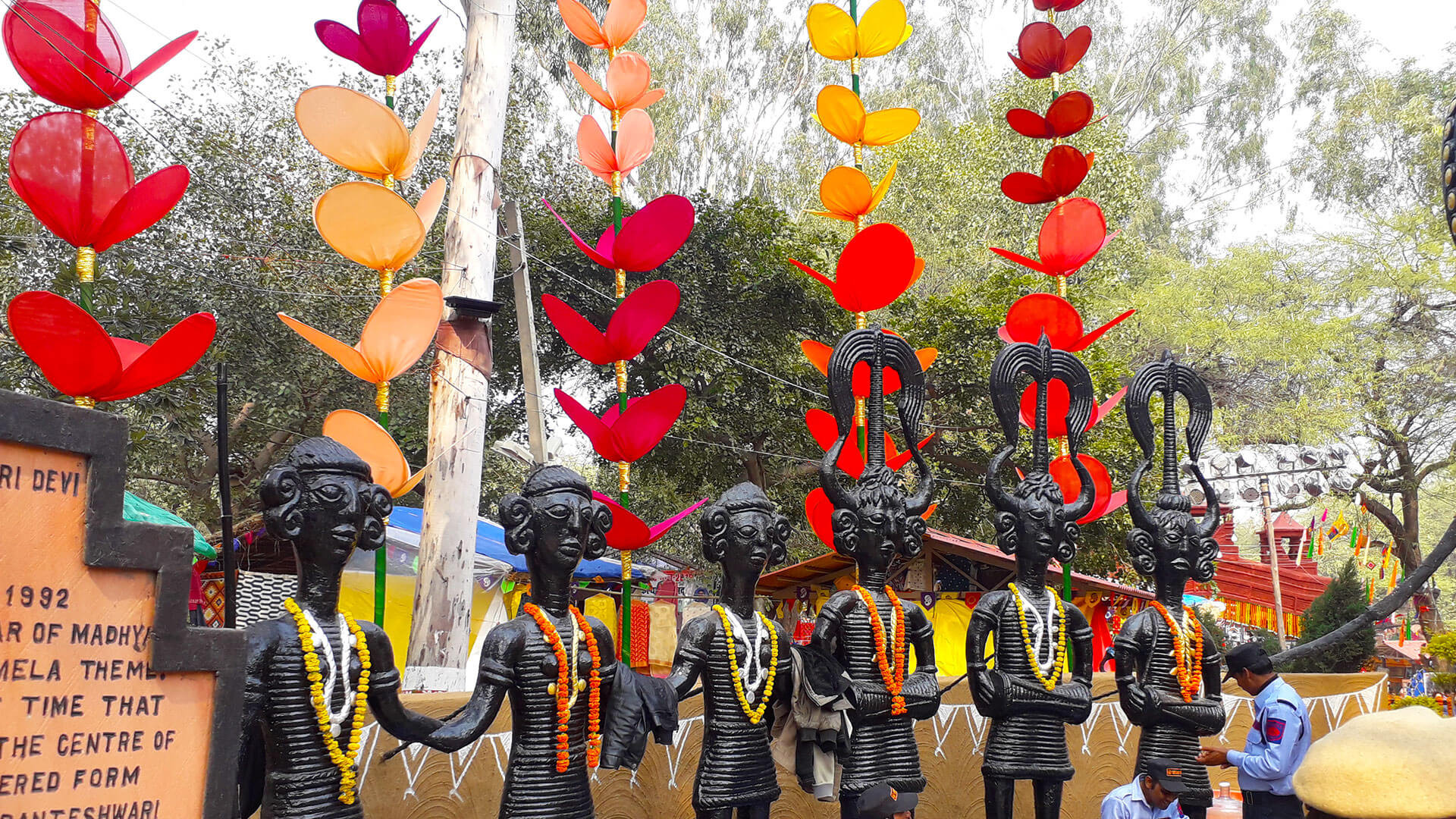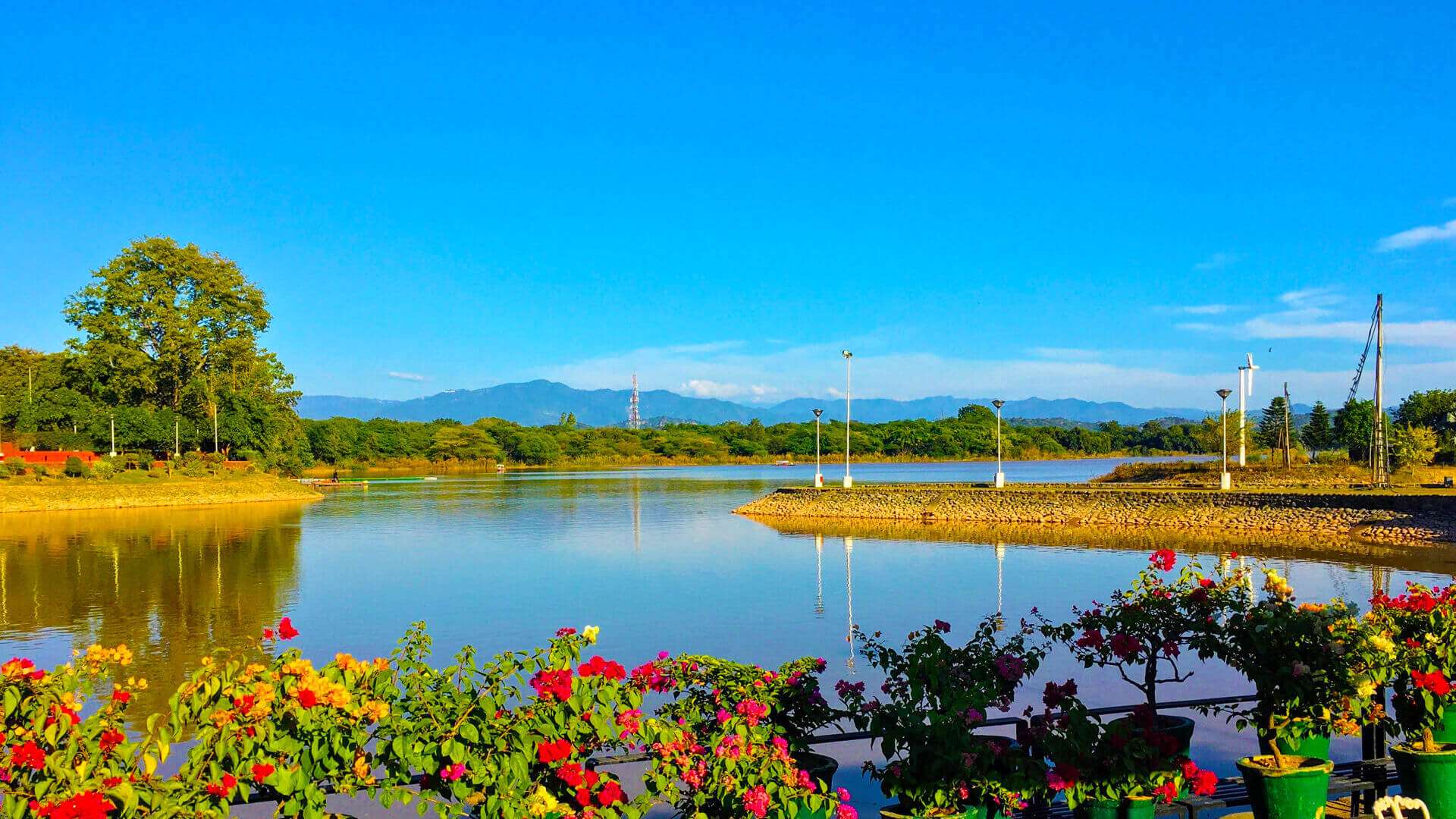Historic sites
Haryana
27°C / Clouds
Panipat is a historic city located in Haryana, offering a rich taste of Indian heritage and culture. Panipat is known for the three major battles that shaped Indian history—events that are still highlighted in textbooks and museum displays across the country. These epic battles have etched Panipat's name deep into the chronicles of the medieval era, making it a must-visit for history lovers.
Beyond the battlegrounds, Panipat is also famous for its thriving textile industry. Often called The City of Weavers or The Textile City, it stands as one of India’s largest centres for home furnishings and handloom products. You’ll find both heritage and craftsmanship interwoven into the very identity of the city.
Some of the notable landmarks that reflect Panipat’s historical and cultural legacy include Ibrahim Lodhi’s Tomb, Kala Amb, Bab-i-Faiz Gate, Hemu’s Samadhi Sthal, and the Panipat Museum. These places not only bring alive the city’s past but also feature prominently on every traveller’s itinerary.
If you're planning a visit, winter is the ideal season. Summers in Haryana can be harsh, so the months between November to February offer pleasant weather and the perfect backdrop to explore. From ancient battlefields to bustling textile markets, there are countless things to do in Panipat that make your trip both educational and memorable.
Panipat is known for its battles that played a significant role in shaping the future of India, its rulers, and their respective dynasties. If folklore is to be believed, then, the city of Panipat was established by Pandav brothers during Mahabharata. The ancient name of Panipat was Panduprastha which was taken from two words. Pandu was the name of the father of the five Pandavas and Prastha means a city which together meant the city of Pandu.
The first battle in Panipat was fought in 1526 between Timurid Babur and Ibrahim Lodhi. The battle marked the beginning of the Mughal empire in India and the end of the Lodhi kingdom (Delhi Sultanate).
The second battle was fought in 1556 between Mughal emperor Akbar and Hindu Samrat Vikramaditya (Hemu). In the battle, Vikramaditya was defeated by Akbar’s army. After the battle, Akbar participated in a chain of battles and won each and every single one of them, thus, almost ruling the entire India. During his reign, he was considered as one of the most celebrated rulers of India who did many good deeds for his people and gave every religion its required space to flourish.
The third battle in Panipat was fought in 1761 between Ahmad Shah Abdali and the Maratha empire. The third battle of Panipat is known in history for the heavy casualty of human life and money. Ahmad Shah won the battle against Marathas, which was followed by the beginning of the British era in the Indian political system.
Today, Panipat is a popular tourist spot specifically for youngsters because they get to read a lot about Panipat in their history books. Apart from its rich history, Panipat is visited by Hindu pilgrims for its Devi temple and many other popular sites.
1. Kabuli Bagh Mosque
Built by Babur in 1527 after his victory in the First Battle of Panipat, this mosque honours his wife Kabuli Begum. It showcases early Mughal architectural elegance and marks the beginning of Mughal rule in India. The surrounding garden adds a peaceful charm to the historic site.
This simple tomb belongs to Ibrahim Lodhi, the last ruler of the Delhi Sultanate. Defeated by Babur in 1526, his fall paved the way for the Mughal Empire. The tomb, though modest, holds deep historical significance and remains an important landmark for history enthusiasts.
Observe the unadorned structure and its design
Take wide-angle photos capturing its surroundings
Talk to locals about battle-related stories
Read historical excerpts while visiting
Explore nearby medieval ruins
This memorial in Shodpur village marks the cremation site of Hemu, the Hindu king defeated in the Second Battle of Panipat. Beheaded by Akbar’s army, his death signalled the consolidation of Mughal rule. The site reflects forgotten chapters of Indian resistance.
Named after a black mango tree, Kala Amb is the site where the Third Battle of Panipat was fought in 1761. This brutal clash between the Marathas and Ahmad Shah Abdali changed Indian history. A war memorial now stands to commemorate the massive loss of life.
Panipat is dotted with dargahs, temples, and old forts that echo its past. The city's markets are just as engaging, known for their textile legacy. Home to handloom factories and bustling bazaars, Panipat blends heritage with commerce in a uniquely vibrant setting.
Panipat is well connected by roadway, railway, and airway routes to all parts of India. The city is 90 km from the capital of India, Delhi and is 169 km from the state capital, Chandigarh. Tourists from across the country and abroad travel to Panipat all year round. Panipat is located at a rough distance of 90, 1,500, 1,600, and 2,200 km from Delhi, Mumbai, Kolkata, and Bengaluru respectively. Here is how you can travel to Panipat by the following means of public transportation.
By Air
Indira Gandhi International Airport in Delhi is the nearest airport to reach Panipat. From the airport, one has to take a taxi or a bus to further cover a distance of approx 100km. The airport receives direct and connecting flights from all parts of the country and abroad hence travelling to Delhi's IGI will not be a problem.
Here is a list of Indian cities from where flights are available to Panipat
By Rail
Panipat Junction railway station is where you have to deboard the train to explore the city. Trains from all major cities and states of India such as Delhi, Mumbai, Jaipur, Pune, Lucknow, Hyderabad, Chennai, and Kolkata arrive at the station. From the station, one may take any locally available transport like a taxi, a bus or an auto to reach the desired location in Panipat. Himalayan Queen, Intercity Express and Jhelum Express are a few popular trains on which seats can be reserved.
By Road
Travelling by road can be time-consuming but its the best way to travel to any destination. One gets to witness the natural beauty that surrounds the place and take the less-travelled local roads. And if your destination is in India then you also get to savour desi food at roadside Dhabas and witness the village life and farms during the road journey. You can take the inter-state tourist bus to reach Panipat or may even take your personal bike/car to reach the city.
Panipat isn’t just a city marked by battles—it's a living museum where every tomb, mosque, and marketplace tells a story. Walk its historic paths, stand where empires clashed, and lose yourself in bazaars bursting with character. For curious travellers and history lovers, Panipat promises experiences that stay long after the journey ends.
Ready to explore Panipat like never before? Plan your trip with Adotrip—your trusted travel partner for curated experiences, seamless itineraries, and local insights that make every journey unforgettable.
Q. What is Panipat famous for?
A. Panipat is famous for two main things: its pivotal role in Indian history and its thriving textile industry. Historically, it is the site of three major battles that changed the course of Indian politics. Culturally, it is known as the “City of Weavers,” producing high-quality handloom and home furnishing items that are exported globally.
Q. Which fight is famous in Panipat?
A. The Third Battle of Panipat, fought in 1761 between the Maratha Empire and Ahmad Shah Abdali, is the most famous. It was one of the largest and bloodiest battles in 18th-century Indian history. The sheer scale of troops and its devastating outcome made it a turning point in Indian politics and warfare.
Q. What is the old name of Panipat?
A. The old name of Panipat was Panduprastha, believed to be one of the five villages demanded by the Pandavas in the Mahabharata. Over time, the name evolved into Panipat, which later became a significant medieval city during the Delhi Sultanate and Mughal eras.
Q. Why is Panipat famous for battles?
A. Panipat's location made it a strategic entry point into northern India. It lies on the route to Delhi, making it a preferred battleground for invading armies. The region's flat terrain and proximity to the capital made it an ideal site for large-scale wars, resulting in three historic battles that changed the fate of Indian dynasties.
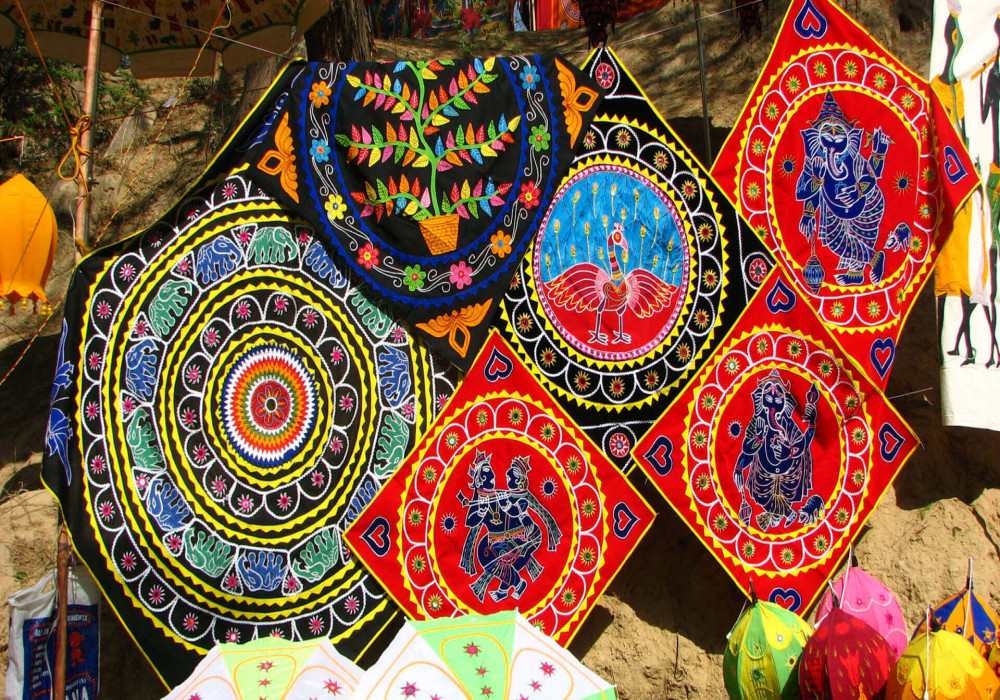
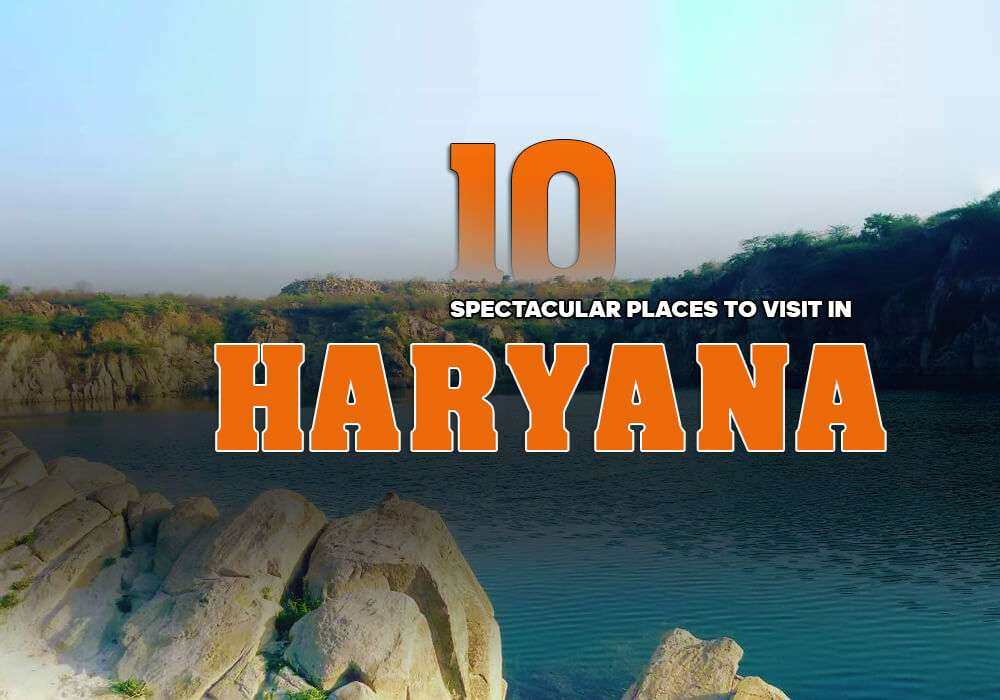


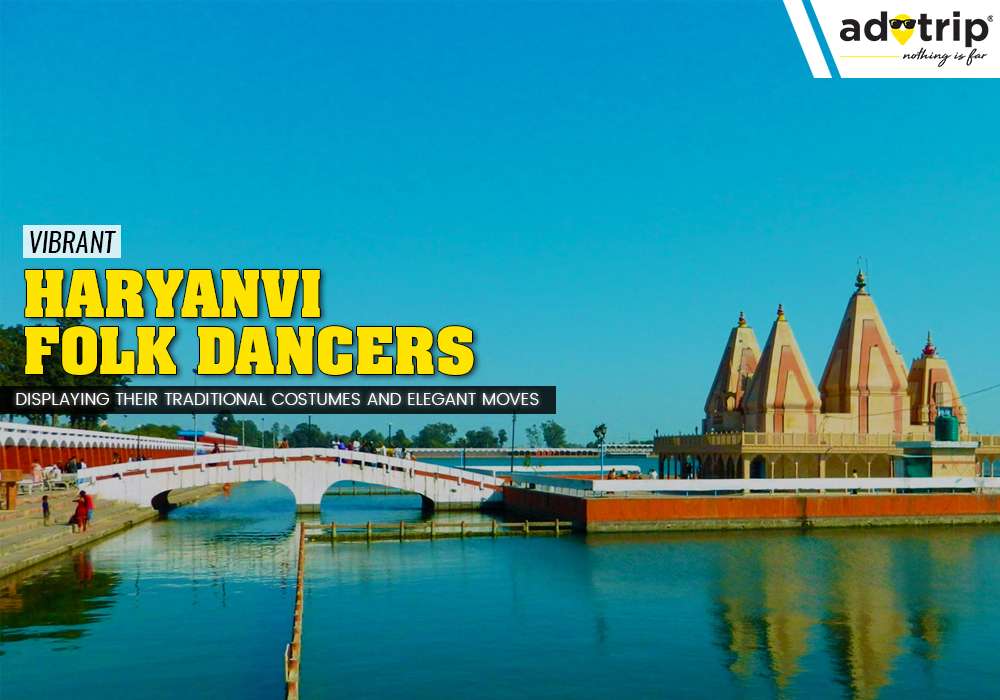
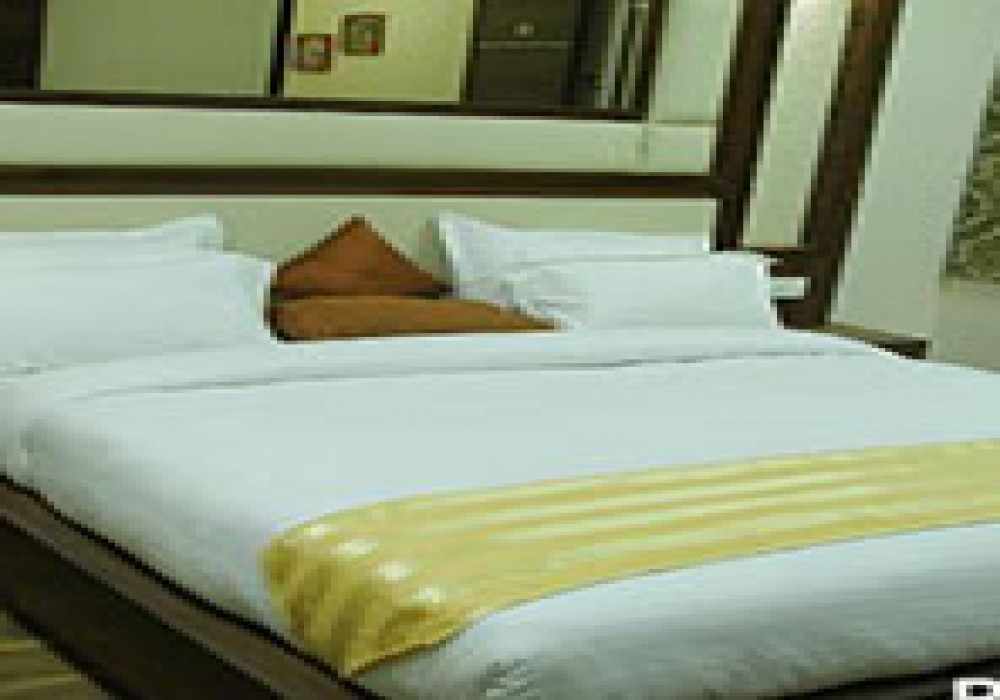
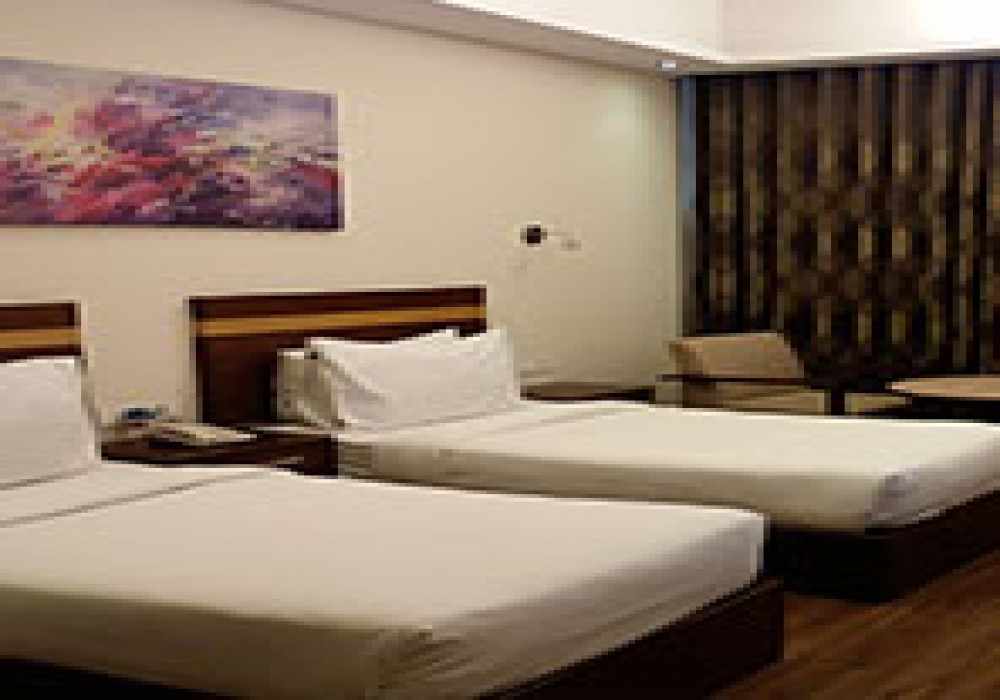
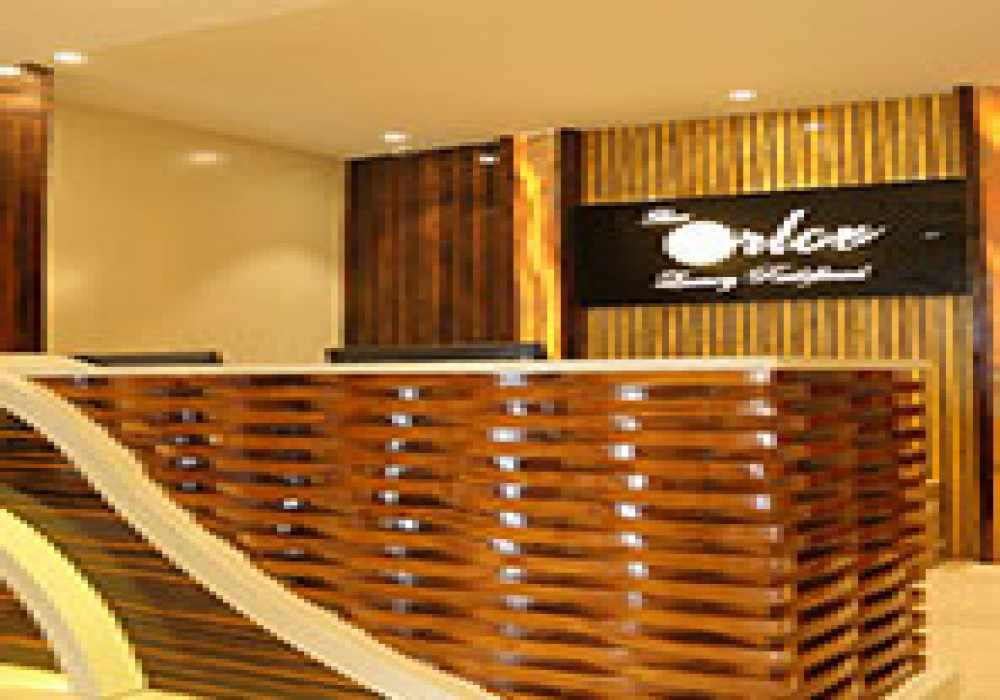
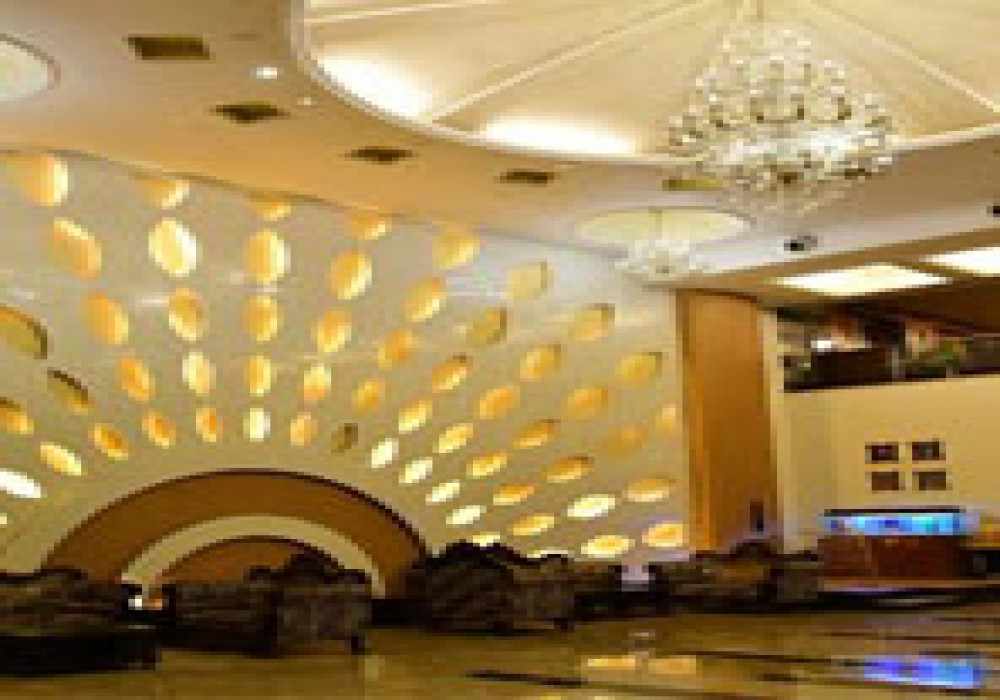
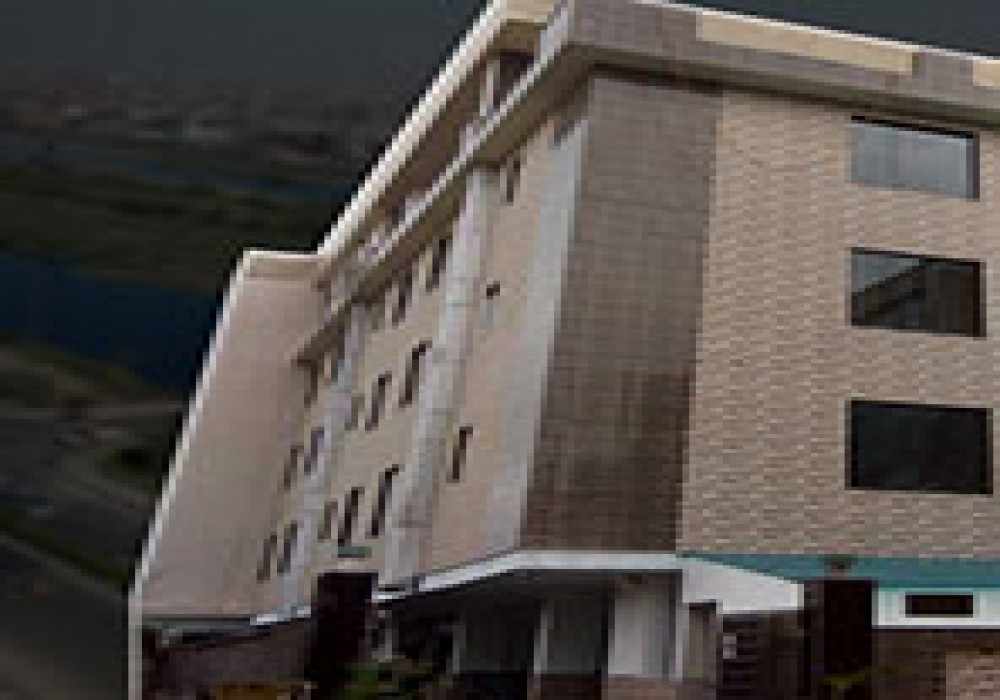

Download Adotrip App Or Simply Subscribe To Get Exclusive Offers On Flights, Hotels, Buses And More
Change Password
